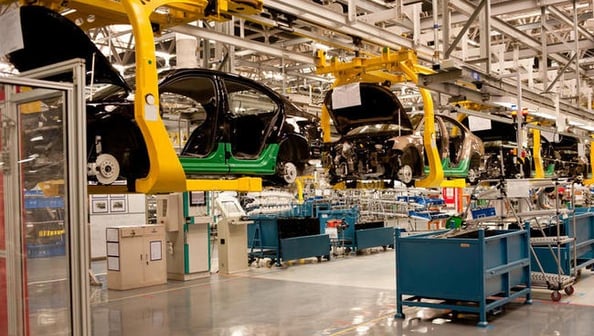The Evolution of Open Control Platforms for Robotics
Anna Brown
6/16/20241 min read
Introduction to Open Control Platforms
In recent years, open control platforms have revolutionized the field of robotics, making it increasingly easier to program both autonomous mobile robots (AMRs) and collaborative robots (cobots). This technological advancement is paving the way for more flexible and efficient industrial applications.
The Versatility of Autonomous Mobile Robots (AMRs)
AMRs are designed to handle a diverse range of payloads, which makes them highly versatile in various industrial settings. One of their standout features is 360° obstacle detection, a capability that allows them to navigate through different spaces with ease. This adaptability is particularly beneficial for industries with changing production floors, as AMRs can seamlessly adjust to new layouts without requiring significant reprogramming.
Enhancing Flexibility with Collaborative Robots (Cobots)
Cobots are engineered to work alongside human operators, significantly enhancing flexibility in task assembly, box forming, case packing, and palletizing operations. The introduction of new technologies, such as seven-axis cobot systems, has further improved their reach and maneuverability. These advanced systems provide more options for positioning robots, thereby helping to improve ergonomics and optimize floor space. Importantly, cobots can operate without the need for additional safety guarding or fencing, making them a safer and more cost-effective solution.
Conclusion
Open control platforms are dramatically simplifying the programming and deployment of both AMRs and cobots. With their ability to handle a range of payloads, navigate complex environments, and enhance task flexibility, these robots are becoming indispensable in modern industrial applications. The ongoing advancements in this field promise even greater efficiencies and innovations in the future.


Integrated Industrial Engineering Solutions and Service Provider Specializing in Intelligent Automated Production Lines. Providing unique solutions to move your business towards its fullest potential.
Professional Green Energy Transportation Product Designer and Provider. Our unique solutions bring your business, people, and planet toward a greener future.
Partnering with suppliers worldwide to bring you the best products and services for success. Providing cutting-edge technology to drive efficiency and sustainability in the engineering movement.
Copyright ©2024. Arexn Corporation All rights reserved.


